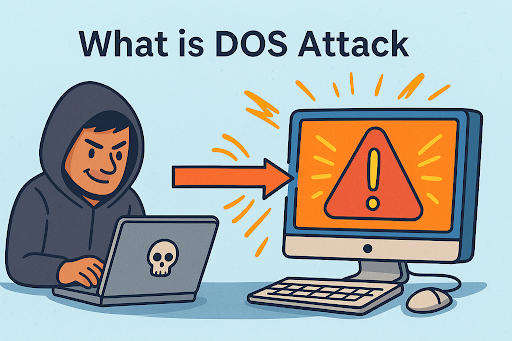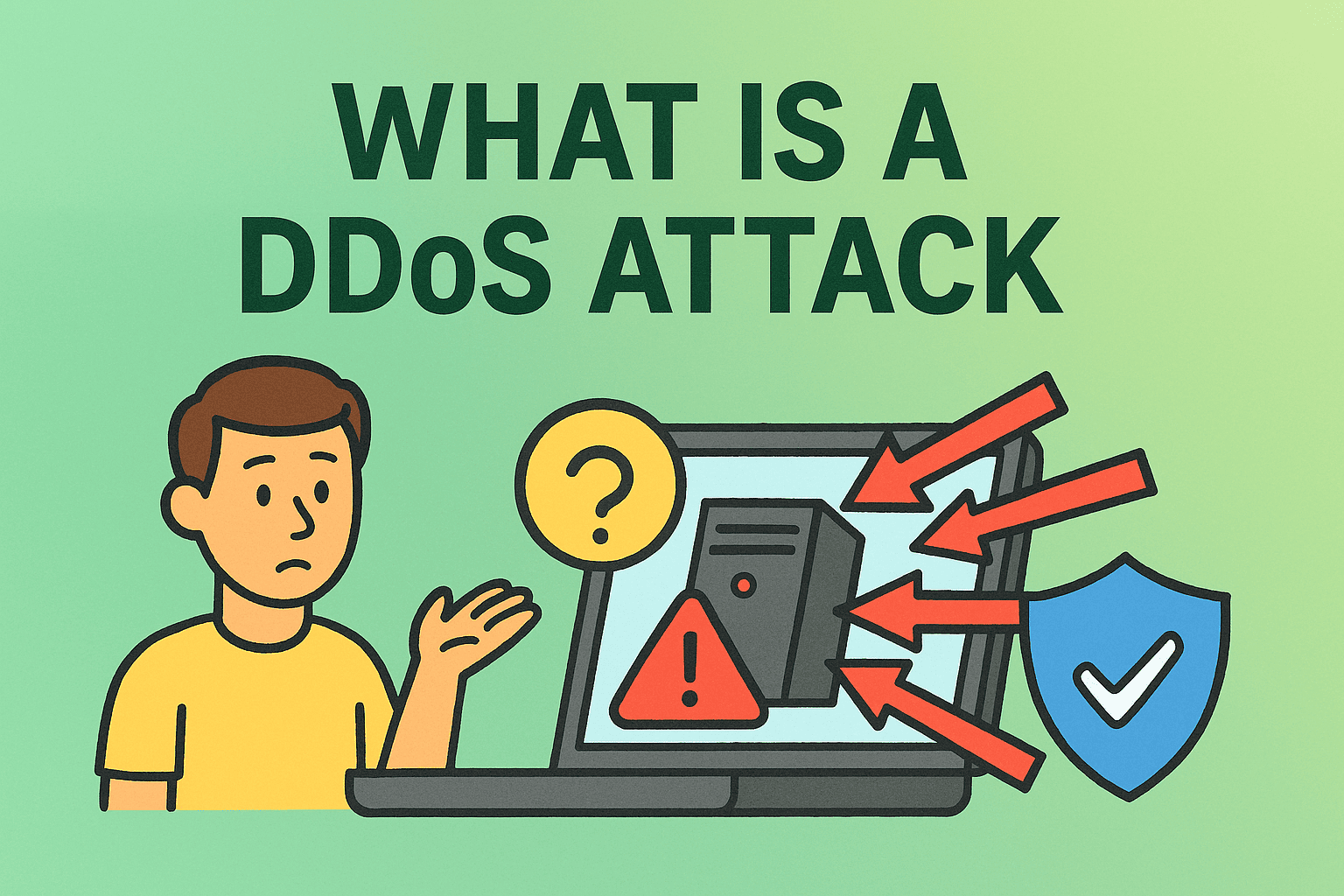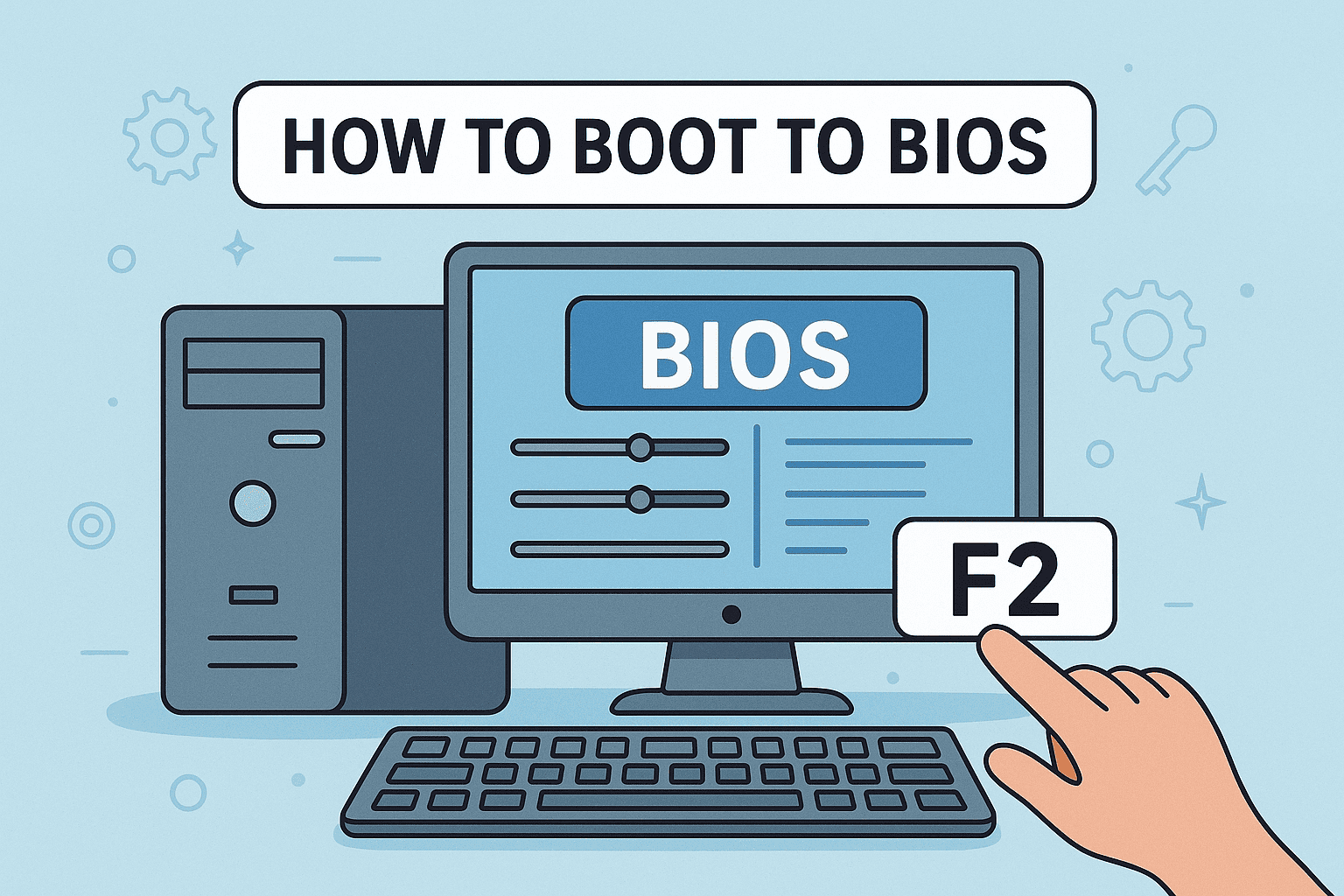Can One User Crash Your Website?
Updated on June 4, 2025, by ITarian

Imagine your website goes down. No hackers breached the firewall. No data stolen. Yet, your digital doors are shut—and every second means lost revenue.
You may be experiencing a Denial-of-Service (DOS) attack—a stealthy yet powerful cyber threat used to paralyze digital systems.
So, what is DOS attack, exactly? Whether you’re an IT manager, cybersecurity analyst, or tech-savvy CEO, understanding this threat is critical for business continuity and digital defense.
What is DOS Attack?
A DOS attack (Denial-of-Service attack) is a cyberattack that aims to make a website, server, or network resource unavailable to users by overwhelming it with excessive traffic or malicious requests.
Unlike data breaches or ransomware attacks, a DOS attack doesn’t steal information—it cripples your systems, making them unusable.
How It Works (In Simple Terms)
Think of a DOS attack like a traffic jam on a highway. Too many cars (requests) block the road (server), preventing legitimate users from reaching their destination (the service).
This form of attack is especially dangerous for:
- E-commerce platforms
- Online banking systems
- SaaS providers
- Healthcare systems
- Government portals
How DOS Attacks Work
To grasp the damage potential, you must understand how DOS attacks work under the hood.
Step-by-Step Breakdown:
- Target Selection – The attacker identifies a vulnerable server, site, or service.
- Attack Launch – They flood the target with requests (e.g., ping, HTTP, SYN packets).
- System Overload – The target can’t process the traffic, causing downtime or crashes.
- User Denial – Legitimate users get timed out or error messages.
Some DOS attacks use botnets (networks of hijacked computers) to increase traffic volume. These are technically DDoS attacks (Distributed Denial-of-Service), but the core principle remains: deny access by overwhelming resources.
Types of DOS Attacks
There are several types of DOS attacks, each exploiting different system vulnerabilities.
1. Volume-Based Attacks
Flood bandwidth using massive amounts of traffic.
- Example: UDP Flood, ICMP Flood (Ping of Death)
2. Protocol Attacks
Exploit weaknesses in protocols to exhaust server resources.
- Example: SYN Flood, Ping of Death, Smurf Attack
3. Application Layer Attacks
Target the application layer (Layer 7 of the OSI model), exhausting server memory and CPU.
- Example: HTTP Flood, Slowloris
4. Logic or Software Exploits
Exploit software bugs to crash or destabilize a system.
- Example: Malformed packet attacks, buffer overflow
Note: Although DDoS attacks are more common today, understanding single-source DOS attacks is still critical—they often serve as test runs for larger campaigns.
Real-World Examples of DOS Attacks
🛍️ Amazon (2010)
Anonymous launched a DOS attack to protest actions against WikiLeaks, briefly disrupting Amazon’s servers.
💳 Banking Sector (2012–13)
U.S. financial institutions were hit with persistent DOS attacks that disrupted customer access and caused reputational damage.
🎮 Sony PlayStation Network (2014)
The gaming network was knocked offline, affecting millions during the holiday season.
These cases show one thing: even global brands can fall prey to these digital blockades.
Preventing DOS Attacks: A Proactive Defense Plan
1. Use a Web Application Firewall (WAF)
Filters out malicious traffic before it hits your servers.
2. Rate Limiting
Restrict the number of requests from a single IP within a set timeframe.
3. Load Balancing
Distributes traffic across multiple servers, minimizing strain.
4. Intrusion Detection Systems (IDS)
Detects unusual traffic spikes and alerts admins in real-time.
5. Traffic Analysis Tools
Monitor patterns to identify red flags like:
- Sudden spikes from a single region
- Repeated requests for the same page
6. Geo-blocking
Block traffic from specific countries if threats originate there frequently.
7. Cloud-Based Mitigation (CDN Protection)
Services like Cloudflare, Akamai, and Itarian offer:
- DDoS protection
- Redundancy
- Dynamic traffic routing
How to Respond During a DOS Attack
✅ Step 1: Identify the Attack
Use monitoring tools to verify the traffic volume and origin.
✅ Step 2: Isolate the Threat
Redirect or limit traffic from suspicious sources.
✅ Step 3: Inform Stakeholders
Update customers, partners, and internal teams with incident status.
✅ Step 4: Engage Your Hosting Provider
Many cloud or hosting vendors have built-in protection protocols and can help mitigate.
✅ Step 5: Document and Report
File incident reports, audit logs, and—if needed—inform authorities (especially in regulated sectors).
Why DOS Attacks Matter to Executives
If you’re a CEO or founder, the business impact of a DOS attack includes:
- Downtime Costs: Every minute offline means lost sales and broken SLAs.
- Brand Damage: Customers lose trust when your platform fails.
- Security Audits: Regulatory fines may apply in sectors like finance or healthcare.
- Incident Response Costs: Mitigation, forensic analysis, and prevention can rack up high costs.
Cyber resilience is a leadership issue, not just an IT one.
Call to Action
Are your digital defenses ready for the next DDoS attack?
👉 Secure your infrastructure now with Itarian’s threat protection platform
From firewall defense to DDoS mitigation, Itarian helps businesses stay online and secure.
Frequently Asked Questions (FAQ)
1. What is a DOS attack in simple terms?
A DOS attack is when a hacker floods a system with too many requests, crashing it or making it unavailable to real users.
2. How are DOS and DDoS different?
A DOS attack comes from a single source, while a DDoS (Distributed Denial-of-Service) attack comes from multiple machines, often using a botnet.
3. How can I detect a DOS attack?
Look for signs like sudden traffic spikes, server slowdowns, or services becoming unreachable.
4. Can an antivirus stop DOS attacks?
Not directly. DOS attacks are network-based. You need firewalls, intrusion detection systems, and rate-limiting tools for proper defense.
5. How can businesses prevent DOS attacks?
Use a combination of WAFs, traffic monitoring, CDNs, and rate-limiting to mitigate threats and protect uptime.














